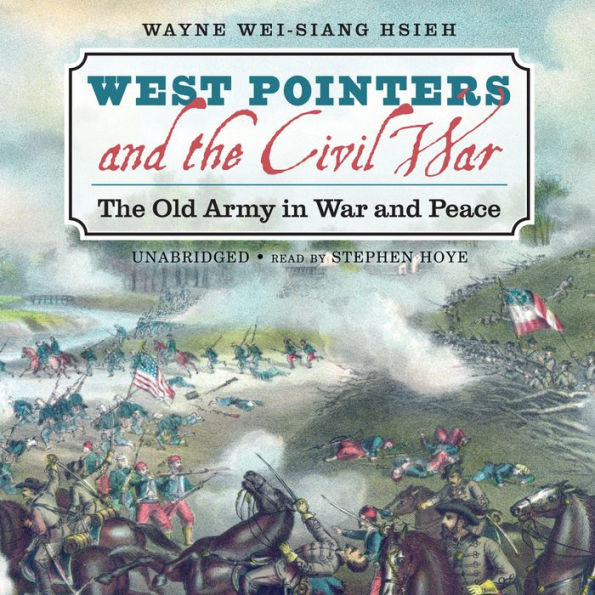“Leaves few stones unturned in examining how the professional officer corps produced by the U.S. Military Academy in the 19th century influenced the evolution of battlefield tactics at this critical point in our nation’s history. . . . [Adds] another perspective to the historiography of a complex topic.” — Civil War Times
“Judicious and well-researched. . . . Hsieh’s project . . . is to explain the mentality of military professionals. . . . It is a task that he accomplishes with great skill.” — Journal of American History
“This original and important book asks us to reconceptualize much of what we think about the Civil War.” — Journal of Southern History
“Skillfully explores institutional efforts to develop and maintain the army’s infantry, artillery, and mounted standards.” — Civil War Book Review
“A solid contribution to scholarship . . . [An] excellent treatment of antebellum debates over tactical doctrine and particular tactical events during the war.” — Journal of Military History
“The most useful section of Hsieh’s book for the general historian of the Civil War is his discussion of [the officers of the professional army officer corps].” — Louisiana History
The task of transforming America's ragtag militia into a professional fighting force in the first half of the nineteenth century was a difficult one. Americans had long supported a tradition of militia and distrusted professional soldiers. By the time of the Civil War, however, most of the high-command positions in both armies were filled with West Point graduates who had been trained in the European military tradition and had honed their experience in the Mexican War. This training and experience would predetermine the sorts of campaigns the armies would wage, the rules of those engagements, and even their understanding of victory. It also ensured that the two armies, products of the same military education, were closely matched in ability, leading to a much longer war, with unforeseen political consequences.
The task of transforming America's ragtag militia into a professional fighting force in the first half of the nineteenth century was a difficult one. Americans had long supported a tradition of militia and distrusted professional soldiers. By the time of the Civil War, however, most of the high-command positions in both armies were filled with West Point graduates who had been trained in the European military tradition and had honed their experience in the Mexican War. This training and experience would predetermine the sorts of campaigns the armies would wage, the rules of those engagements, and even their understanding of victory. It also ensured that the two armies, products of the same military education, were closely matched in ability, leading to a much longer war, with unforeseen political consequences.

Editorial Reviews
Product Details
| BN ID: | 2940169544527 |
|---|---|
| Publisher: | Blackstone Audio, Inc. |
| Publication date: | 11/15/2009 |
| Edition description: | Unabridged |
Videos


